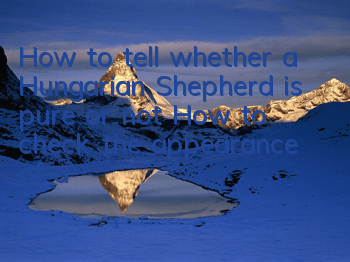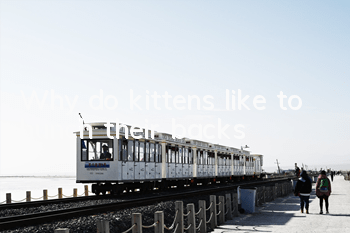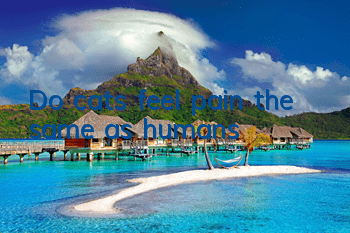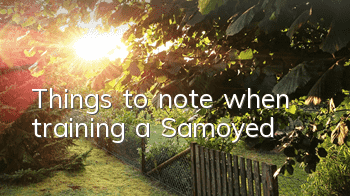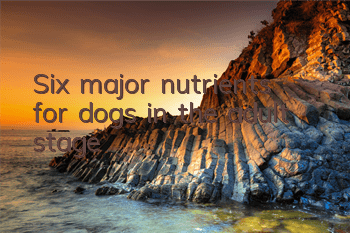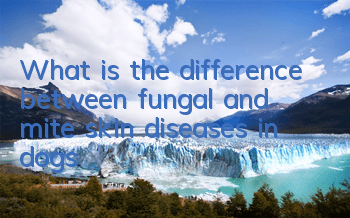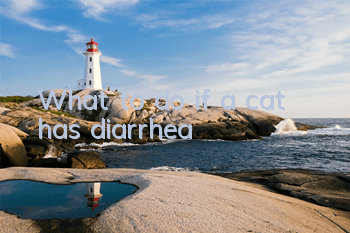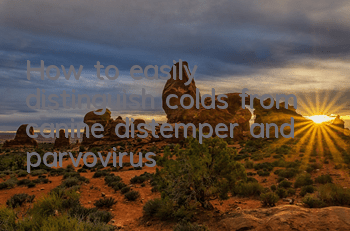How to check the appearance of a purebred Hungarian Shepherd Dog:
The Hungarian Shepherd Dog, also known as the Komondor, comes from the Pusita region of Hungary. Its fur grows vertically like a rope and can reach the ground in 4 years, so it is also called the "mop dog". It is also the only dog that can dive.
[Body shape]
Males should be approximately 27.5 inches or more at the withers; females should be approximately 25.5 inches or more at the withers; males should weigh 100 pounds or more; females should weigh 80 pounds or more; mature dogs should have adequate bone mass and muscles. Tallness is important, but so are type, quality, symmetry, movement and solidity, and there is no reason to sacrifice any of these just for size. The proportions of the body are that the length is slightly greater than the height at the withers. Less than minimum height is a fault.
[Head]
The head is huge. The length of the head (distance from occiput to nose) is about 2/5 of the height at the shoulders, and the skin around the muzzle and eyes is dark in color.
Eyes: medium size, almond-shaped, not too deep set. Eye color is dark brown with gray or black eyelids. Light-colored eyes are a fault; blue eyes are a disqualification.
Ears: The shape is long triangle with slightly rounded tips. The ears are moderately set and extend to the inner corners of the eyes on both sides. Prick ears or a tendency for the ears to stand erect are to be faulted.
Head: The head is broad, with a well-arc shape between the eyes, a clear back pillow, and a moderate stop.
Muzzle: The muzzle is broad and thick, and the top seems to be truncated. The length from the inner corner of the eye to the nose is 2/5 of the length of the head. The contour of the muzzle is straight and parallel to the top of the head. The lower jaw is very broad and well developed. The lips are tight and black in color. The ideal gums and palate are dark or black.
Nose: The nose is wide and at right angles to the upper contour of the muzzle. The nostrils are wide and the nose is black. Dark gray or dark brown nose is not ideal but acceptable. A flesh-colored nose is a disqualification.
Bite: A scissors bite is best, a pincer bite is also acceptable. An overshot or undershot bite is a fault, as is missing teeth. Missing 3 or more teeth is a disqualification.
[Neck]
Muscular, medium length, slightly arched, without fat, allowing the head to stand erect.
[Topline]
The back is level and strong.
[Body]
The chest should be strong, deep, muscular and as wide as possible with good proportion. The chest is broad and muscular, and the abdomen is slightly drawn back. The croup is broad and muscular, sloping slightly toward the base of the tail. A body that is too soft or lacks good musculature is to be faulted.
[Tail]
It is like an extension line of the buttocks, drooping, and the length extends to the hock. Slightly curved upward, the tip of the tail may or may not be curved to one side. Although most of the tail will be raised when the dog is in motion and excited, it should not be higher than the level of the back. A short or docked tail is a fault.
[Forequarters]
Shoulders should be tilted appropriately. The forelimbs are straight, with sufficient bone mass and well-developed muscles. No matter which way you look at it, the legs look like vertical cylinders. The forearms are close to the body without any slack at the elbows.
[paw]
Strong, preferably larger, with close, well-arched toes. The pads are solid, flexible, black or gray. Although, light-colored toenails are allowed, black or gray toenails are preferred.
[Hindquarters]
The hind limbs are as solid as steel, with extremely developed muscles covering solid bones. Viewed from behind, the legs are straight. The stifles are moderately sloping. Dewclaws must be removed.
[Coat]
The dense, protective coat is typical of this breed. The coat of a puppy is relatively soft, but appears to be almost rope-like. The coat of a young dog, or the coat in an excessive state, is composed of many short "ropes" close to the skin, which are not obvious and sometimes appear in clumps, looking like a layer of down outside the ropes. The coat of an adult dog has two layers, a soft, dense, fluffy undercoat like a puppy's coat, and a rough, uneven, curly outer coat. The rough coat is trapped in a soft undercoat. The coat is long-lasting, strong, rope-like, and feels like felt to the touch. The adult Hungarian Shepherd Dog is completely covered in a large, tassel-like cord-like coat. One thing to remember is that the length must meet the functional needs of the Hungarian Shepherd's coat. A short coat in a young dog will not be considered a fault. A straight or silky coat is a fault, and a coat that has not grown into a ropey coat after the age of two years is a disqualification. Short and smooth coat on head and legs is a disqualification.
[Color]
The color is white, but not always white. Sometimes puppies will show a small amount of cheesy or pale yellow, but the color will fade as they mature. Ideally, the skin should be gray, pink skin is acceptable but not ideal. Any color other than white is a disqualification, except for puppies showing a small amount of cheese or buff.
[Gait]
Relaxed, calm and harmonious. The Hungarian Shepherd Dog has a long stride and very light and agile feet. When trotting, the head is slightly forward.
The above descriptions are the characteristics that an ideal Hungarian Shepherd should have. If there is any deviation from the above description, points should be deducted according to the degree of deviation. If there are some parts of the description that seriously deviate from human nature, cancellation will be considered. its competition qualifications.
[Disqualified]
Blue eyes.
Flesh-colored nose.
Three or more missing teeth.
Those who have not developed a rope-like coat by the age of two years shall be disqualified. The coat on the head and legs is short and smooth.
Any color other than white, except for a small amount of cheese color or light yellow in puppies.
